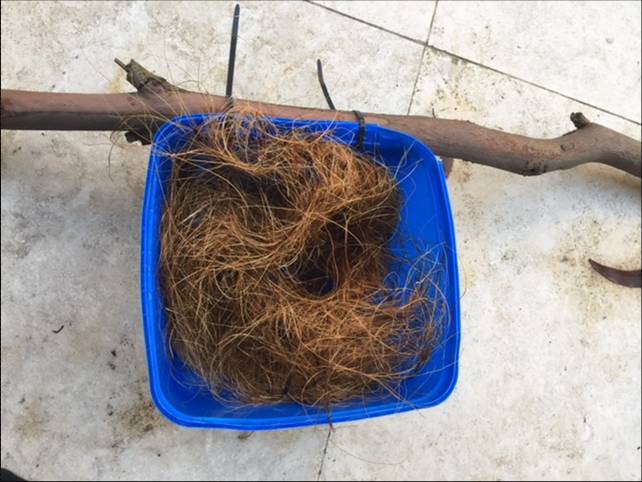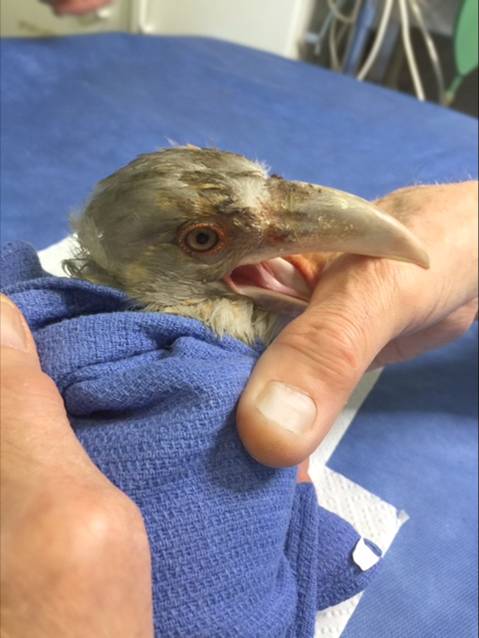November 8 - 14, 2015: Issue 239
Baby Birds Season: Spring 2015

Baby Birds
Well, it’s Spring-time and all our baby birds are hatching, growing and learning to fly! It’s a trying time for parent birds and a scary time for the ‘learner’ flyers.
 Parent birds have resorted to swooping passers-by to protect their babies. Magpies, currawongs and plovers are particularly partial to the ‘swooping technique’ so if you can avoid their nesting area for a few weeks, all the better for you and them.
Parent birds have resorted to swooping passers-by to protect their babies. Magpies, currawongs and plovers are particularly partial to the ‘swooping technique’ so if you can avoid their nesting area for a few weeks, all the better for you and them.
If you can’t avoid the area, wear a few protective items as you walk/cycle through the nesting zone. Pop on some sunglasses, wear a hat, carry an open umbrella (like a shield) or wear a bicycle helmet with cable ties attached as ‘spikes’. Usually the birds only use the technique as a warning and tend not to make contact but it’s best to have your head and eyes protected, just in case.
When birds are freshly-hatched, they are pink and featherless and very helpless. They have to be kept warm or they will die. They are referred to as ‘hatchlings’. As they grow, they get downy feathers and are referred to as ‘nestlings’. This means that they are still completely dependent on the parent birds for warmth and food and are nest-bound. As they grow more, their flight feathers come in and they start perching on the edge of the nest. As they begin learning to fly, they are referred to as ‘fledglings’.

Two nestling rainbow lorikeets with their mum.
Learning to fly involves falling to the ground. In the same way that human babies wobble and fall when learning to walk, baby birds wobble and fall when learning to fly. When they fall to the ground they are often intercepted by well-meaning people who assume the baby bird is lost and they scoop it up and take it to a veterinarian. The parent birds will then fret, the baby will fret and the situation can end badly for both.
If you do happen to find a baby bird on the ground, take a moment to sit back and observe it. Is it pink and featherless? If so, these hatchlings need to be warmed up and put back in the nest (if they are not injured). Does it have downy feathers? It may be a nestling that has been jostled out by its siblings. These can be put back in the nest. Does it have its flight feathers and is it able to perch? If so, it’s probably a fledgling that is learning to fly. Keep an eye out for the parent birds. They are usually close at hand, keeping a watchful eye on the baby. Wait and watch to see if they come down and feed the baby. If the parents are around, leave the chick – unless they are in immediate danger (on the road, in the park with dogs running around etc).
If the bird is injured or if the parent birds don’t come after a few hours, you could consider calling a wildlife rescue organisation for advice or you could gently pick it up, pop it in a cardboard box with holes and take it to your local veterinarian.
If the bird is not injured and you think it would be better up off the ground, you could consider making an artificial nest for it:
Take an empty ice-cream container, make some holes in the bottom (in case of rain) and fill it with some soft nesting materials. Attach the nest securely to the tree where the parent birds are perching. We use cable ties so that the tree isn’t harmed either.

Artificial nest made from an ice-cream container.

Baby birds brought to Southern Cross Wildlife Care with injuries.

So, if you find a baby bird on the ground, try to figure out if it’s a hatchling, a nestling or a fledgling. If it’s in a learning phase, wait and observe before interfering. If the parents come down, leave the baby unless it is in immediate danger.
Enjoy the season of baby birds!!!